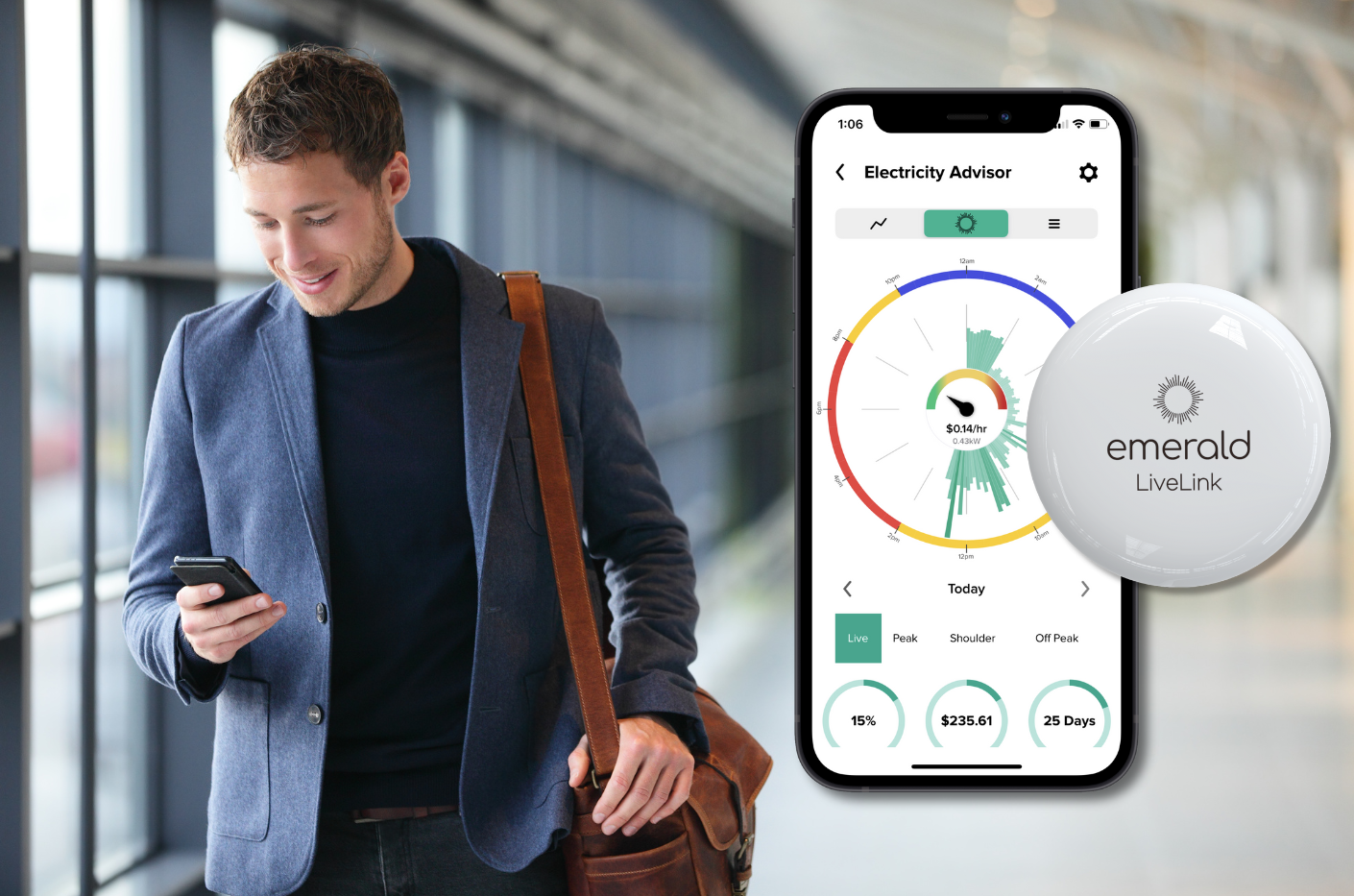
How Load Shifting Can Help you Save Electricity
With inflation on the rise in Australia, households around the country are searching for ways to save money wherever possible. Depending on your home and the appliances you use, electricity costs can easily become one of the biggest contributors to your monthly costs. Read on to learn about the process of load shifting and get our tips for using it to save on your electricity bill.
What is load shifting?
Load shifting involves avoiding peak electricity usage periods and, wherever possible, waiting until off peak and shoulder periods to run appliances that will use significant energy, like running the clothes dryer or switching on your pool pump.
Another form of load shifting specific to homes with solar panels is to use power intensive appliances during the daylight hours when they are most likely to be powered by the electricity generated by your solar power system.
How can load shifting save you money?
The price you pay for electricity depends on many factors, including your supplier and the type of contract you are on (time-of-use tariff or flat rate tarrif) and the time of day of your usage.
By focusing the bulk of your electricity usage during times where the cost of use is lower, you will end up spending less for your usage.
While peak, off peak, and shoulder periods (the times on either side of peak periods) differ around the country, peak periods are typically between 3-9pm, while off peak periods are between 12-6am.
Read more about peak and off-peak pricing and find out how your bill is calculated
How can you use load shifting in your home?
There are many different tactics to reap the benefits of load shifting in your home, whether you use solar power or not. Here are a few places to start:
- If you are out of the house during the day when prices for electricity usage tend to be the lowest, consider using timers to run your larger, energy guzzling appliances.
- While electric vehicles are undoubtedly great for the environment, charging them at home can seriously add to your power bill. To help mitigate this, try to charge your vehicle during the day or investigate charging stations at your workplace.
- Rather than switching on your dishwasher after dinner, try to adjust your cleaning schedule and run it during the middle of the day when prices are lower.
- Use a clothes dryer? Consider waiting until the weekends to run it.
- Pool pumps, while essential, can be one of the largest uses of electricity in your home. If you have solar power, consider running your pump during the day so it can use electricity generated by your solar panels. If you don’t yet have solar power, it’s well worth considering as it can bring massive savings on your home power bill. Many states and territories even offer rebates to make installation even more affordable.


